Museums of Dijon
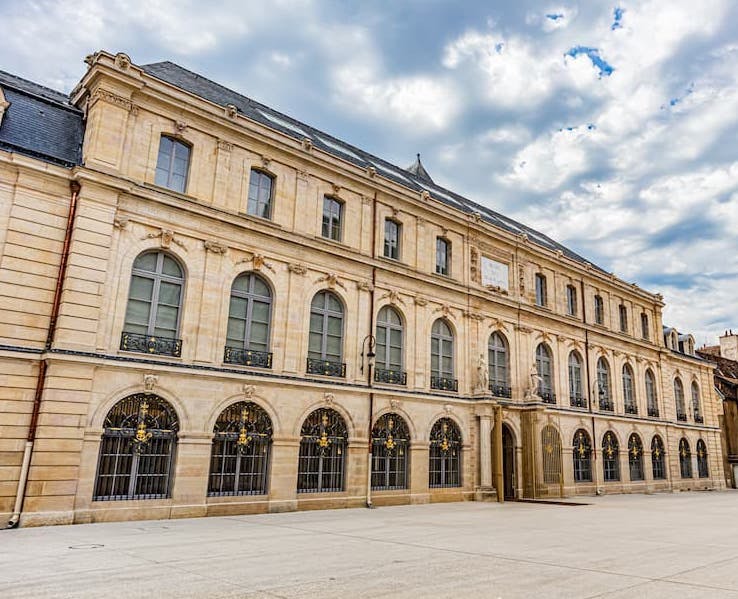
Museum of Fine Arts
This museum, located 100 metres from the Hôtel des Ducs, is one of the most important museums in France. Organised around the "Cour de Bar", one of the three courtyards of the Palace of the Dukes and States of Burgundy, the museum offers 7 chronological sequences.
- Antiquity (including an Egyptian collection with 600 pieces)
- Middle Ages (including the Nativity of the Master of Flémalle, the Crucifixion Altarpiece and the tombs of Philip the Bold and John the Fearless)
- Renaissance (including a Portait de femme by Lorenzo Lotto, The Virgin, the Child, Saint Agnes and Saint John the Baptist by Titian and Moses saved from the waters by Veronese)
- 17th century (including Rubens' The Virgin presenting the Child Jesus to Saint Francis of Assisi, Frans Hals' Portait de gentilhomme and Georges de la Tour's Le Souffleur à la lampe)
- 17th century (including Le Repos by Jean-François Colson)
- 19th century (including Gustave Courbet's La Trombe, Claude Monet's Etretat, la porte d'Aval, Edouard Manet's Portait de Méry Laurent)
- 20th century (including Robert Delaunay's Relief-Rhythm, Pablo Picasso's Minotaur, Nicolas de Staël's Les Footballeurs and Yan Pei-Ming's Le Rêve)
The Fine Arts Museum is open every day except Tuesday. Admission is free. News, collections, itinerary and practical information on the Fine Arts Museum website.
Don't hesitate to download the NOMADE application, available for free on Google Play or App store, designed to accompany you during your visit.
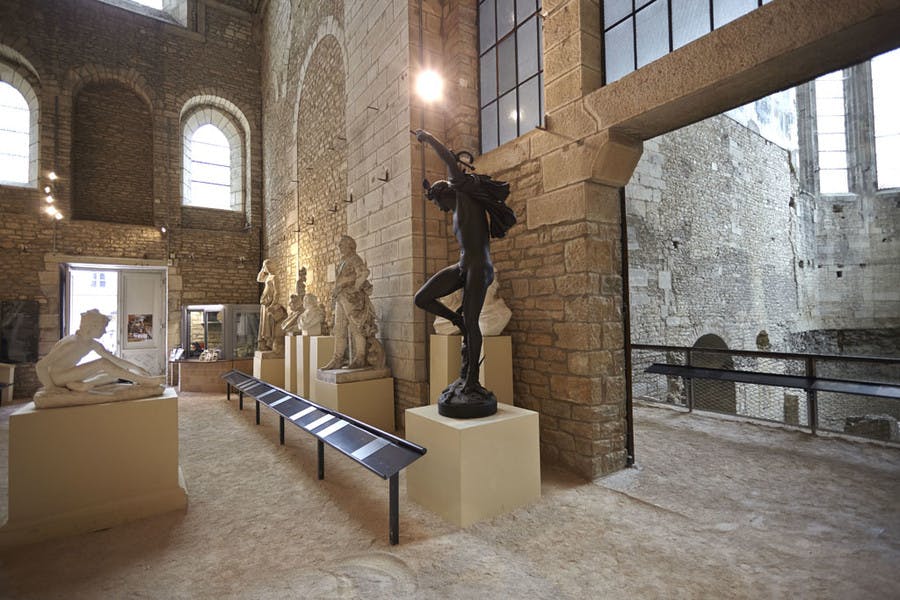
Rude Museum
This museum, located 100 metres from the Hôtel des Ducs, is housed in the transept and choir of the former Saint-Etienne church.
The museum presents casts of the main works of the Dijon sculptor, François Rude, including the Departure of the Volunteers of 1792, a sculpture made on one of the pillars of the Arc de Triomphe in Paris
The Rude Museum is open every day except Tuesday. Admission is free. News, collections, itinerary and practical information on the Musée Rude website.
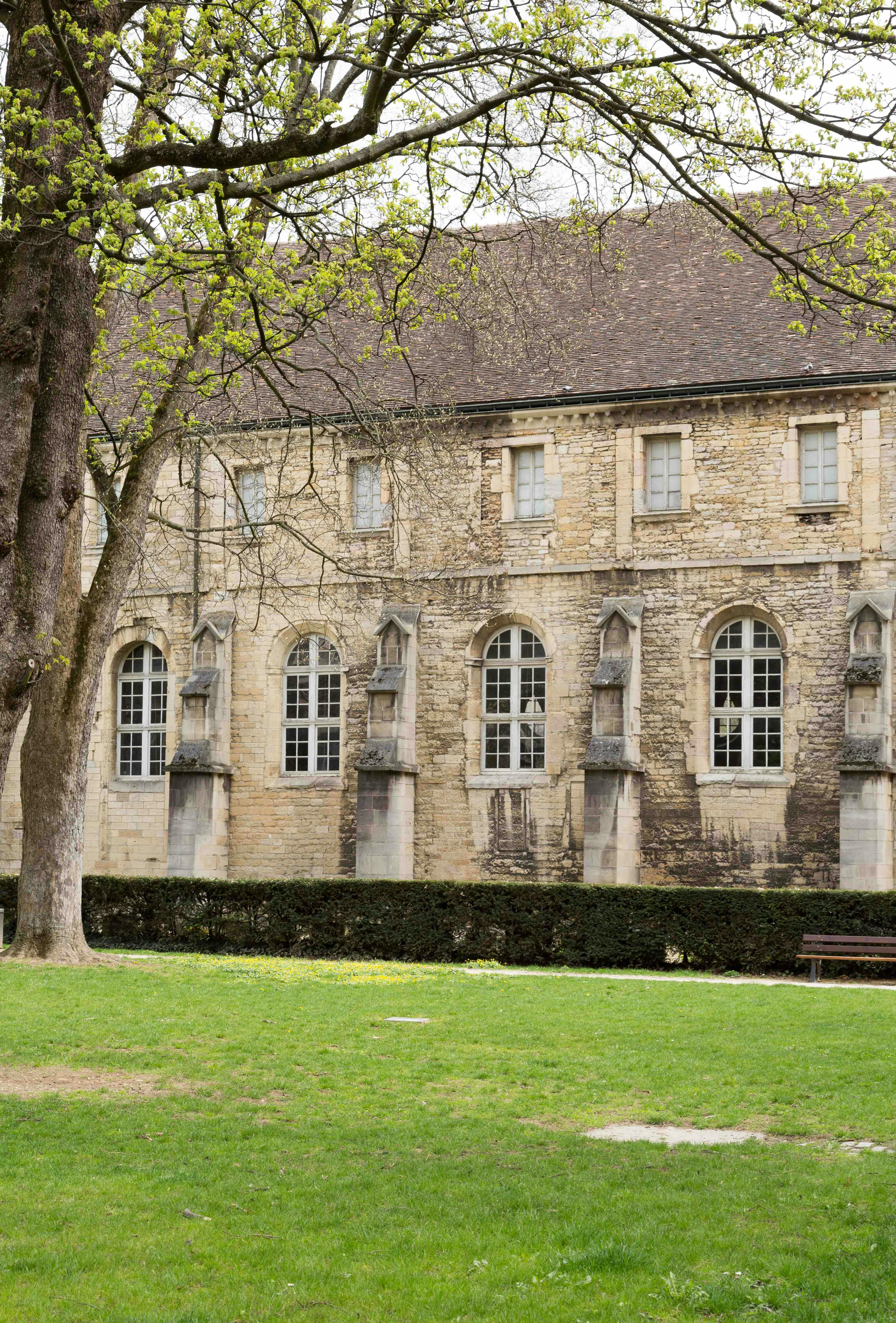
Archaeological Museum
This museum is located 1000 metres (12 minutes on foot) from the Hôtel des Ducs and is housed in the former Benedictine abbey of Saint-Bénigne.
The museum houses collections from all over Burgundy on 3 levels
- Level 0 - Romanesque rooms - Gallo-Roman collections
- Level 1 - former Benedictine dormitory - medieval collection
- Level 2 - 17th century abbey rooms - prehistoric, Gallo-Roman and Merovingian collections
The Archaeological Museum is open every day except Tuesday. Admission is free. News, collections, itinerary and practical information on the Archaeological Museum website
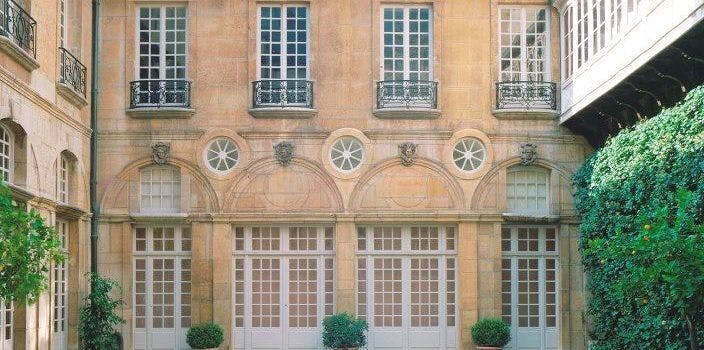
Magnin Museum
This museum, located 200 metres from the Hôtel des Ducs, is housed in one of Dijon's most beautiful private mansions, the Hôtel Lantin.
Maurice Lantin (1861-1939 - master of the Court of Auditors and painting enthusiast) and his sister Jeanne (1855-1937 - painter and art critic) assembled a collection of
- Northern school paintings (including Winter Pleasures by Brueghel the Younger)
- Italian painting (including Venetian, Lombard and Neapolitan)
- French painting (including works by Eustache Le Sueur, Laurent de La Hyre, Sébastien Bourdon and Jean-Baptiste de Champaigne)
- Drawings
The Magnin Museum is open every day except Monday. Admission is charged. News, collections, itinerary and practical information on the Magnin Museum website
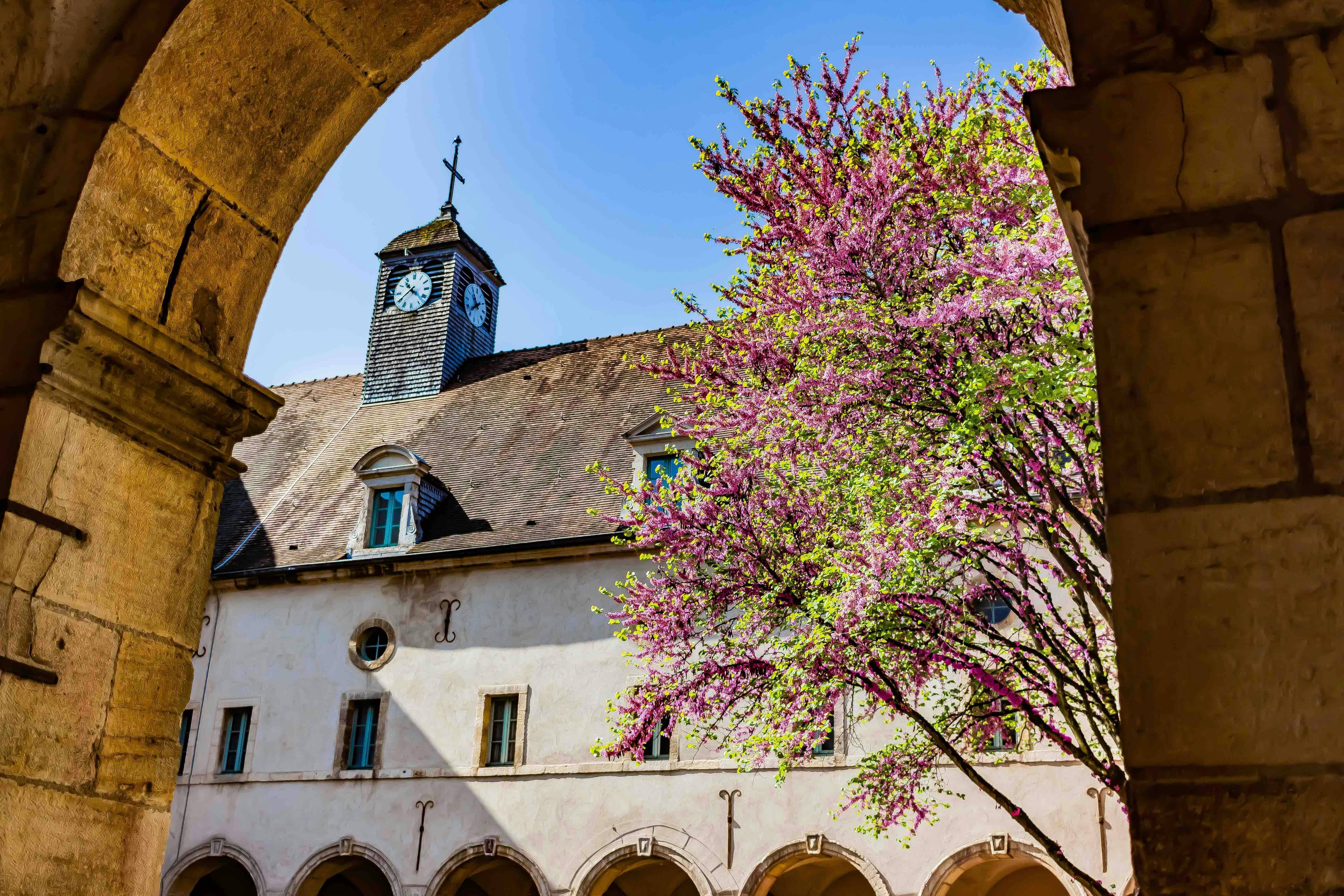
Museum of Burgundian Life
This museum, located 800 metres from the Hôtel des Ducs, is housed in the cloister of the Monastère des Bernardines (next to the Musée d'Art Sacré).
This museum of ethnography presents Burgundian life at the end of the 19th and beginning of the 20th centuries. The rue des Boutiques offers a reconstruction of eleven Dijon shops.
The Museum of Burgundian Life is open every day except Tuesday. Admission is free. News, collections, itinerary and practical information on the Museum website.
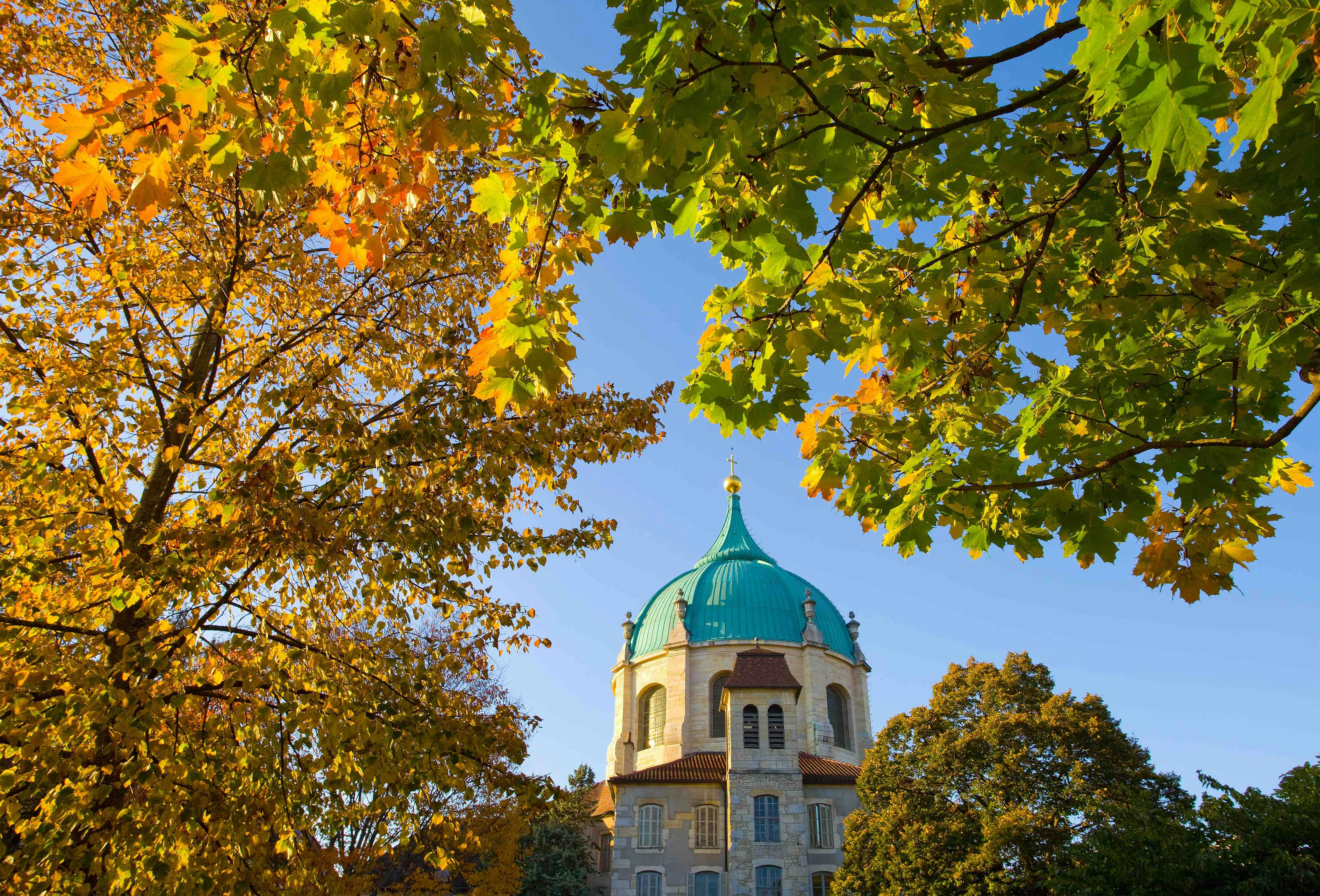
Museum of Sacred Art
This museum, located 800 metres from the Hôtel des Ducs, is housed in the church of Sainte-Anne, on the site of the Bernardine Monastery (next to the Museum of Burgundian Life).
The church, which currently houses the museum, is remarkable for the originality of its architecture. The spaces present elements of goldsmithery, reliquaries and everyday objects of religious heritage.
The Museum of Sacred Art is open every day except Tuesday. Admission is free. News, collections, itinerary and practical information on the website of the Museum of Sacred Art.